The Role of Diamond Abrasives in High-Accuracy Cutting Performance
Precision of the cut is achieved through synthetic diamond particles (up to 10,000 HV on Vickers scale) in the disc working layer. These particles are strategically dispersed in a metallic bond matrix for even, continual exposure of new diamond grit. This self-sharpening feature, along with vacuum-brazed bond to the core surface from this segment and pressure-sinter technology of joining, reduced blade deflect under cutting operation therefore kept ±0.1 mm straight in lateral deflection up condition as well.
Material Engineering Behind Smooth, Burr-Free Cut Surfaces
Modern diamond cutting discs use nickel-cobalt alloys and hybrid polymer binders to optimize abrasive retention and controlled diamond erosion. Key factors affecting surface finish include:
| Factor | Impact on Surface Finish |
|---|---|
| Thermal conductivity | Reduces heat-induced material deformation |
| Bond hardness | Prevents premature diamond detachment |
| Porosity | Enhances swarf clearance during cuts |
Optimized coolant channel geometries in wet-cutting discs reduce burr formation by 62% compared to dry-cutting methods.
Influence of Blade Structure on Cutting Precision and Edge Quality
Segmented rim designs dissipate heat through 120-200 radial slots for stability in thick-material cutting. Continuous-rim blades with laser-welded diamond clusters achieve <0.3 mm kerf widths for precision tasks like semiconductor wafer dicing. Innovations in asymmetric tooth geometry enable single-pass cuts through 40 mm reinforced concrete with edge deviations under 0.5°.
Durability and Efficiency: Maximizing Performance in Industrial Applications
Wear Resistance and Longevity of Diamond Cutting Discs Under Heavy Load
Industrial-grade durability stems from:
- Bond matrix strength: Metal-sintered bonds withstand 2-3x higher lateral forces than resin bonds
- Diamond concentration gradients: 40-50% diamond density at the core versus 20-30% at cutting edges
- Heat dissipation engineering
| Material Cut | Average Wear Rate (mm³/hr) | Primary Stressor |
|---|---|---|
| Reinforced Concrete | 0.12 | Abrasive aggregate |
| Porcelain Tile | 0.08 | Intermittent loading |
| Carbon Steel | 0.25 | Thermal fatigue |
Cobalt-bonded blades maintain ±0.1mm edge deformation through 8,000 cut cycles in quartzite.
Synthetic vs. Natural Diamond Grains: Performance and Cost Trade-Offs
Synthetic diamonds provide:
- 98.7% crystallographic consistency
- Customizable particle shapes for specific material interactions
- 40-60% lower cost per carat
While natural diamond grit offers smoother finishes for specialty ceramics, synthetics dominate 93% of construction blade manufacturing due to predictable wear patterns.
Balancing High-Speed Operation With Blade Lifespan
High-RPM cutting (3,800-4,500) accelerates wear through:
- 120-150°C temperature spikes in dry cutting
- 0.02mm/sec diamond graphitization rates
Optimal performance requires:
- Water flow rates of 0.5-0.7 L/min per 100mm blade diameter
- Feed pressure adjustments (3-5 N/mm² for asphalt vs. 8-12 N/mm² for granite)
- Segmented rim designs that reduce heat concentration by 40%
Innovations in Diamond Cutting Disc Technology for Enhanced Reusability
Electroplated Diamond Blades and Their Precision Advantages
Single-layer nickel bonding ensures uniform grit distribution, enabling micron-level accuracy for glass, ceramics, and semiconductor materials. The absence of binder materials reduces heat buildup during intricate cuts.
Advancements in Bonded Abrasives for Complex Industrial Cuts
Hybrid metallic-resin bonds adapt to varying material hardness, gradually eroding to expose fresh diamond layers. Layered segment designs optimize performance in carbon fiber-reinforced concrete or layered ceramics.
Replating Technology and Nano-Structured Coatings for Extended Tool Life
Replating processes restore blades to 95% of original capacity. Titanium-based nano-coatings reduce friction by 34%, extending lifespan by 2–3x in heavy-duty applications.
Key Applications of Diamond Cutting Discs in Construction and Manufacturing
Cutting Reinforced Concrete, Masonry, and Hard Composites With Precision
Diamond discs cut through steel rebar in concrete with ±0.5 mm tolerances. Segmented-edge blades optimize debris removal in masonry, reducing dust emissions by 60%. Continuous-rim blades deliver crack-free edges for quartz countertops and ceramic armor plates.
Ultra-Thin Blades for Micro-Scale Cutting in Electronics and Semiconductors
Blades with 50–200 micron thicknesses cut silicon wafers and ceramic substrates with kerf widths under 100 microns. Electroplated diamond edges maintain surface roughness below 0.1 μm Ra in flexible electronics.
Trends in Automation and Smart Blade Integration for Industrial Cutting
- IoT-enabled wear monitoring: Tracks abrasive particle wear in real time
- AI-driven blade selection: Reduces setup time by 50%
- Self-sharpening coatings: Extend blade lifespan by 3–4x
Best Practices for Clean Cutting Performance Across Industries
Optimizing Feed Rate, Coolant Use, and Cutting Speed for Flawless Results
Maintain a feed rate of 0.08–0.15 mm/tooth and cutting speeds between 4,000–6,500 RPM. Pulsed coolant delivery reduces fluid consumption by 30% while maintaining thermal stability.
Dry vs. Wet Cutting Methods in Sensitive Applications Like Electronics
Wet cutting reduces micro-fractures by 40% in silicon wafer processing. Dust-suppression dry blades capture 98% of particulates in graphene substrate cutting. For carbon fiber composites, wet cutting reduces delamination risks by 55% but adds 15% to processing time.
FAQ Section
What makes synthetic diamonds preferred for industrial applications?
Synthetic diamonds are preferred due to their 98.7% crystallographic consistency, customizable particle shapes, and 40-60% lower cost per carat compared to natural diamonds. They ensure predictable wear patterns, making them suitable for construction blade manufacturing.
How does wet cutting improve results in sensitive applications?
Wet cutting enhances results by reducing micro-fractures and managing heat buildup. In applications like silicon wafer processing, it reduces micro-fractures by 40%, and in cutting carbon fiber composites, it minimizes delamination risks.
Why is the choice of blade structure important in diamond cutting discs?
The blade structure, such as segmented rim designs, plays a crucial role in dissipating heat and maintaining cutting stability. It influences precision, particularly in cutting tasks like semiconductor wafer dicing, ensuring minimal edge deviations.
Table of Contents
- Durability and Efficiency: Maximizing Performance in Industrial Applications
- Wear Resistance and Longevity of Diamond Cutting Discs Under Heavy Load
- Synthetic vs. Natural Diamond Grains: Performance and Cost Trade-Offs
- Balancing High-Speed Operation With Blade Lifespan
- Best Practices for Clean Cutting Performance Across Industries
- Optimizing Feed Rate, Coolant Use, and Cutting Speed for Flawless Results
- Dry vs. Wet Cutting Methods in Sensitive Applications Like Electronics
- FAQ Section

